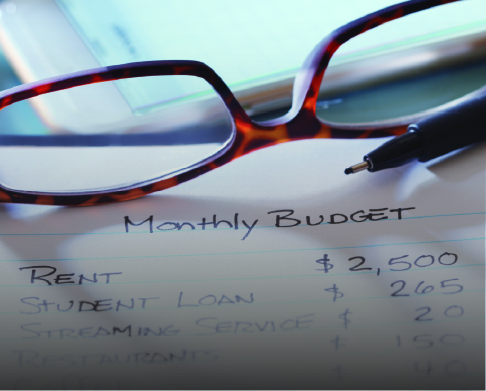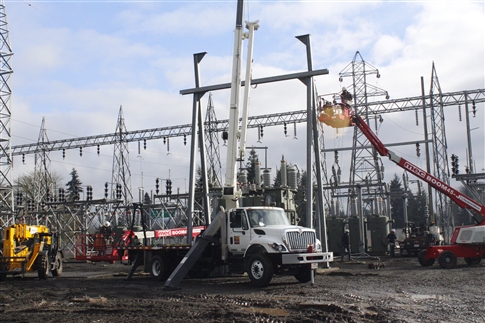As a customer-owned utility, EWEB does not operate to earn a profit. You own EWEB – not independent investors or shareholders.
That means that unlike an investor-owned utility, there are no profit margins or shareholder dividends built into your EWEB rates. Electric and water prices are based on the costs to:
- Operate and maintain the electric and water systems
- Meet regulatory obligations and statutes
- Invest in system improvements that make your services better
- Protect natural resources near our facilities, and
- Maintain the financial health of the utility
Like power and water utilities around the country, EWEB is facing many pressures, including the need to reinvest in aging infrastructure, increase our resilience to natural disasters, respond to growing demands for clean electricity, protect our digital and physical assets from external threats, and attract specialized, often certified workers in a tight labor market. Underlying all these challenges is our ongoing obligation to support a high quality of life in our community while addressing affordability constraints.
Some important facts about your utility services:
- Most of our community’s electric and water infrastructure was built in the 1960s and 70s and is reaching end of life.
- More than 200,000 EWEB customers rely on well-built and maintained systems that deliver approximately 8.5 billion gallons of drinking water and 2.4 billion kilowatt-hours of electricity every year.
- Our community’s utility assets include five power generating facilities, 1,300 miles of power lines, 38 substations, one water filtration plant, 22 water storage tanks, 25 pump stations, and approximately 800 miles of water pipes.
- Eugene’s utility infrastructure will require almost $1 billion in investment over the next 10 years to continue providing safe and reliable power and water.
The need for investment in infrastructure, including energy and water, is well known and not unique to EWEB. The American Society of Civil Engineer’s latest Report Card for America’s Infrastructure assigned a grade of ‘C-’ to our nation’s energy and drinking water infrastructure, noting that nationally these systems face, “staggering public investment needs over the next several decades.”
Locally, EWEB has a long history of investing in our community while controlling costs and operating as efficiently as possible. Electric and water prices remained stable for five years from 2017-2021, as a result of budget trimming, debt restructuring, and careful reprioritizing of select projects. During this time EWEB was able to maintain funding for limited income bill assistance programs, conservation incentives, and infrastructure investments.
After five years of stable prices, rates increased in 2022 and 2023, costing the average residential customer a total of 50 cents more a day for power and water combined.
“We know that rates and affordability are one of the top concerns for our customers and we will continue to work hard to control costs and operate efficiently,” said EWEB General Manager Frank Lawson. “But we also know that our customers also place high importance on water quality and reliability, and they understand that the light and heat in our homes, the running water in our buildings are vitally important and require adequate funding.”
Looking ahead, needed infrastructure investments and rising costs of operations will require increases in the price of water and electric services.
At the July 11 public Board of Commissioners meeting, EWEB kicked-off a multi-month process that will culminate in December with adoption of a 2024 budget and rates.
Some of the major factors driving projected 2024 price changes are:
- Water investments – including constructing a treatment plant on the Willamette River, replacing aging water storage tanks, and strengthening pipelines
- Electric investments – including rebuilding aging substations, and upgrading the Carmen-Smith hydroelectric project
- Purchased power costs – including rising costs of power supplied by the Bonneville Power Administration (BPA)
- Global inflationary pressures – rising costs of equipment such as pipes (up 50% in the past two years), transformers (up 50-85%), and power poles (up 30%)
- Regulatory environment – increasing regulations are placing more requirements and restrictions on EWEB investments and operations
The July meeting was the first in a series of public meetings during which your elected Board of Commissioners will provide feedback and direction on spending for major capital projects and potential price changes for customers. Summer through fall, EWEB staff use direction from the Board to develop a proposed spending budget for the following year.
The final budget is adopted in December following public hearings during which our customer-owners are invited to provide testimony on any proposed adjustments. The first public hearing on the upcoming budget is scheduled for Oct. 3, 2023.






